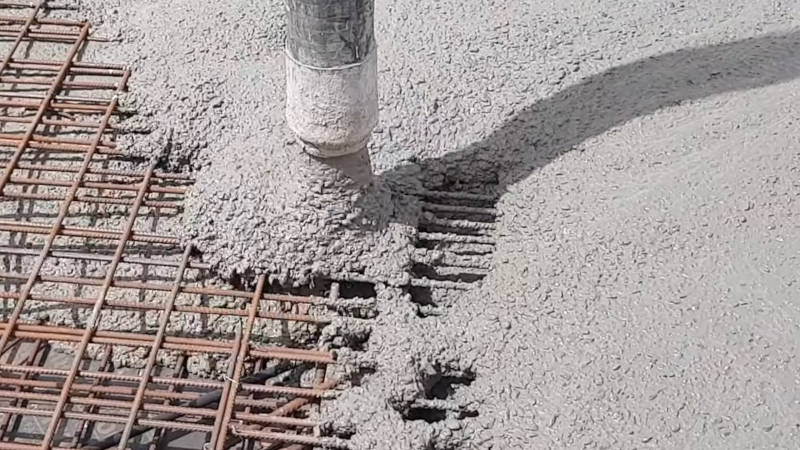
Cement and concrete are fundamental materials in construction, known for their versatility, strength, and durability. Their chemistry is quite complex and involves several key components and processes. Here’s an overview of the chemistry behind cement and concrete:
Cement Chemistry
Cement is a fine powder that acts as a binder in concrete. The most common type of cement is Portland cement, which primarily consists of the following compounds:
1. Tricalcium Silicate (C₃S):
- Chemical formula: \(3CaO·SiO₂\)
- Reacts quickly with water, leading to early strength development in concrete.
2. Dicalcium Silicate (C₂S):
- Chemical formula: \(2CaO·SiO₂\)
- Reacts more slowly, contributing to the long-term strength of the concrete.
3. Tricalcium Aluminate (C₃A):
- Chemical formula: \(3CaO·Al₂O₃\)
- Reacts rapidly with water and contributes to the initial setting of the cement.
4. Tetracalcium Aluminoferrite (C₄AF):
- Chemical formula: \(4CaO·Al₂O₃·Fe₂O₃\)
- Contributes to the color and can react with water, though it has less influence on the strength compared to C₃S and C₂S.
Hydration Process
When cement is mixed with water, it undergoes a series of chemical reactions known as hydration. This process is exothermic (releases heat) and occurs in several stages:
1. Initial Mixing:
- C₃A reacts with water to form calcium aluminate hydrates and heat.
- Gypsum (added to control the setting time) reacts with C₃A to form ettringite (calcium aluminate sulfate hydrate).
2. Induction Period:
- A dormant period where the concrete is workable, allowing for placement and shaping.
3. Acceleration Phase:
- C₃S starts reacting significantly, forming calcium silicate hydrate (C-S-H) and calcium hydroxide (Ca(OH)₂). This phase contributes to the initial set and strength gain.
4. Deceleration Phase:
- The reaction rate slows down as the hydration products form a protective layer around the unreacted cement particles, controlling further hydration.
5. Long-Term Hydration:
- C₂S reacts more slowly, continuing to form C-S-H over time, contributing to the strength and durability of the concrete.
Concrete Chemistry
Concrete is a composite material made up of cement, water, aggregates (sand, gravel, or crushed stone), and sometimes admixtures (chemicals added to modify properties). The key reactions and components in concrete are:
1. Aggregates:
- Provide bulk and stability. They occupy about 60-80% of the volume of concrete.
- Can be fine (sand) or coarse (gravel or crushed stone).
2. Water:
- Essential for the hydration of cement.
- The water-cement ratio is crucial for determining the strength and durability of the concrete. A lower ratio leads to higher strength but reduced workability.
3. Admixtures:
- Used to alter properties such as setting time, workability, and durability.
- Common types include plasticizers (improve workability), accelerators (speed up setting), retarders (slow down setting), and air-entraining agents (improve freeze-thaw resistance).
Properties and Performance
The performance of concrete depends on several factors:
- Strength: Primarily influenced by the water-cement ratio and the cement composition.
- Durability: Affected by the quality of the raw materials, the curing process, and environmental conditions.
- Workability: Important for the placement and compaction of concrete, influenced by the mix design and admixtures used.
In summary, the chemistry of cement and concrete involves a series of complex reactions that transform a mixture of cement, water, and aggregates into a strong and durable building material. The specific properties and performance of concrete can be tailored through careful control of the mix design and the use of various admixtures.
